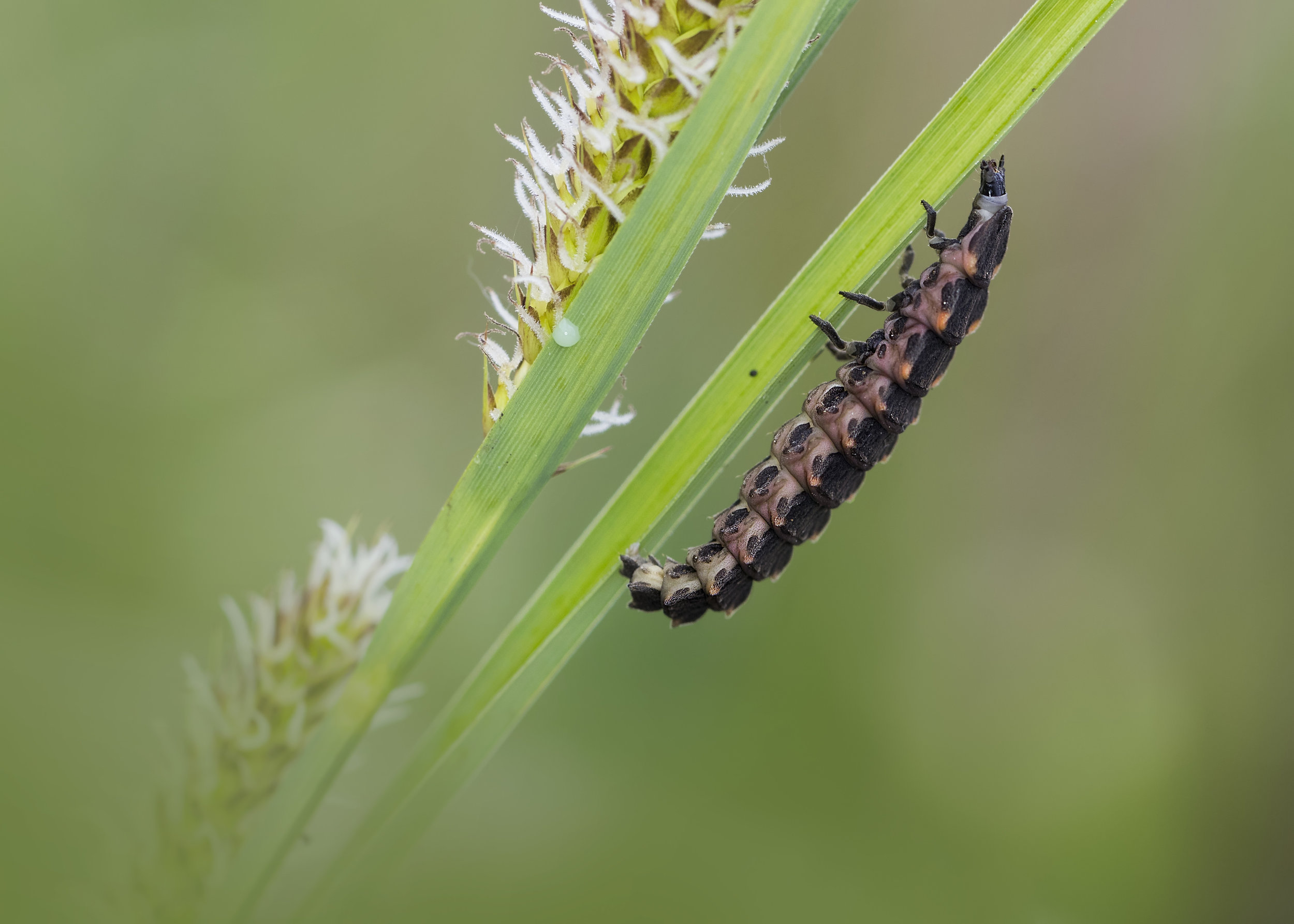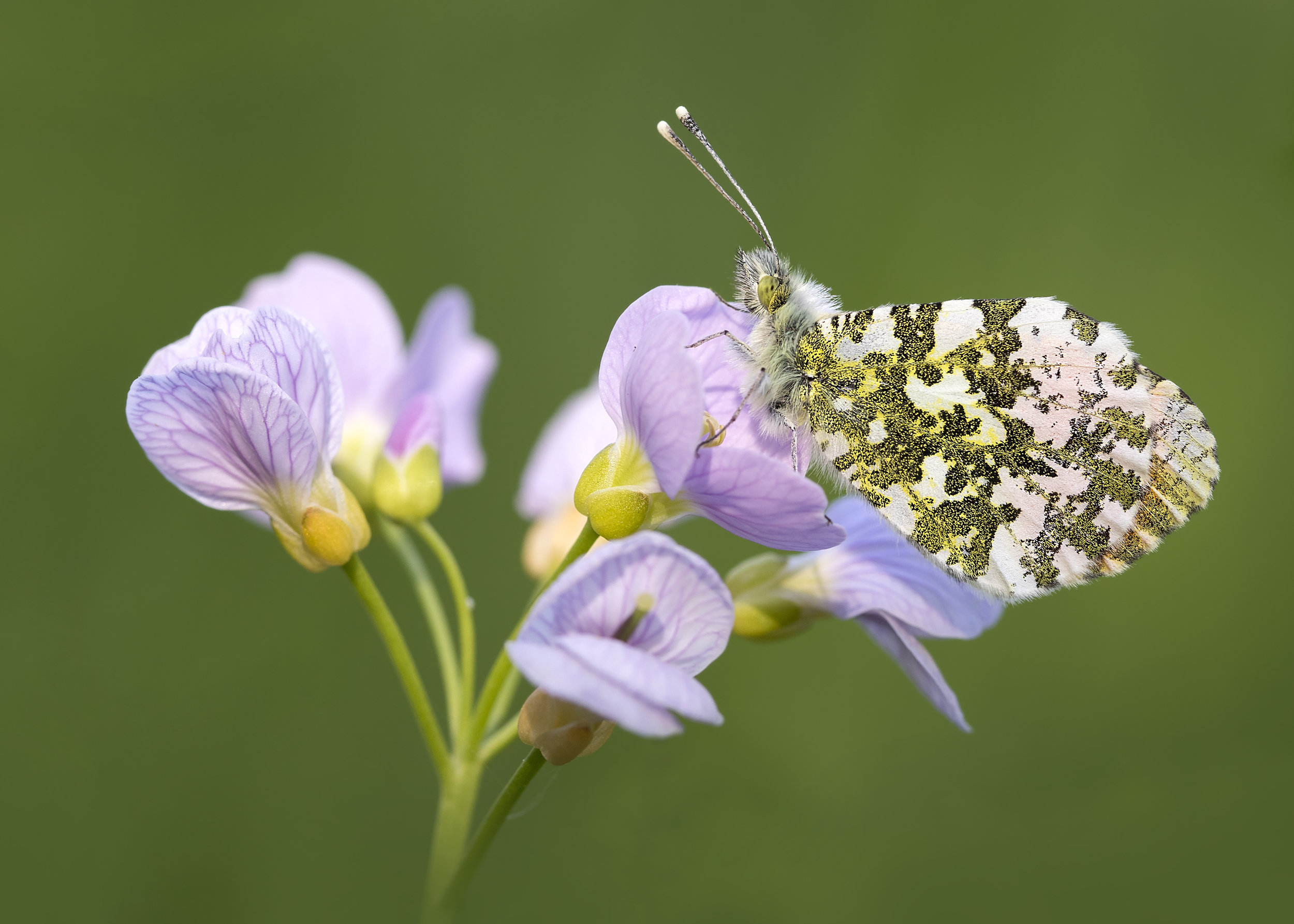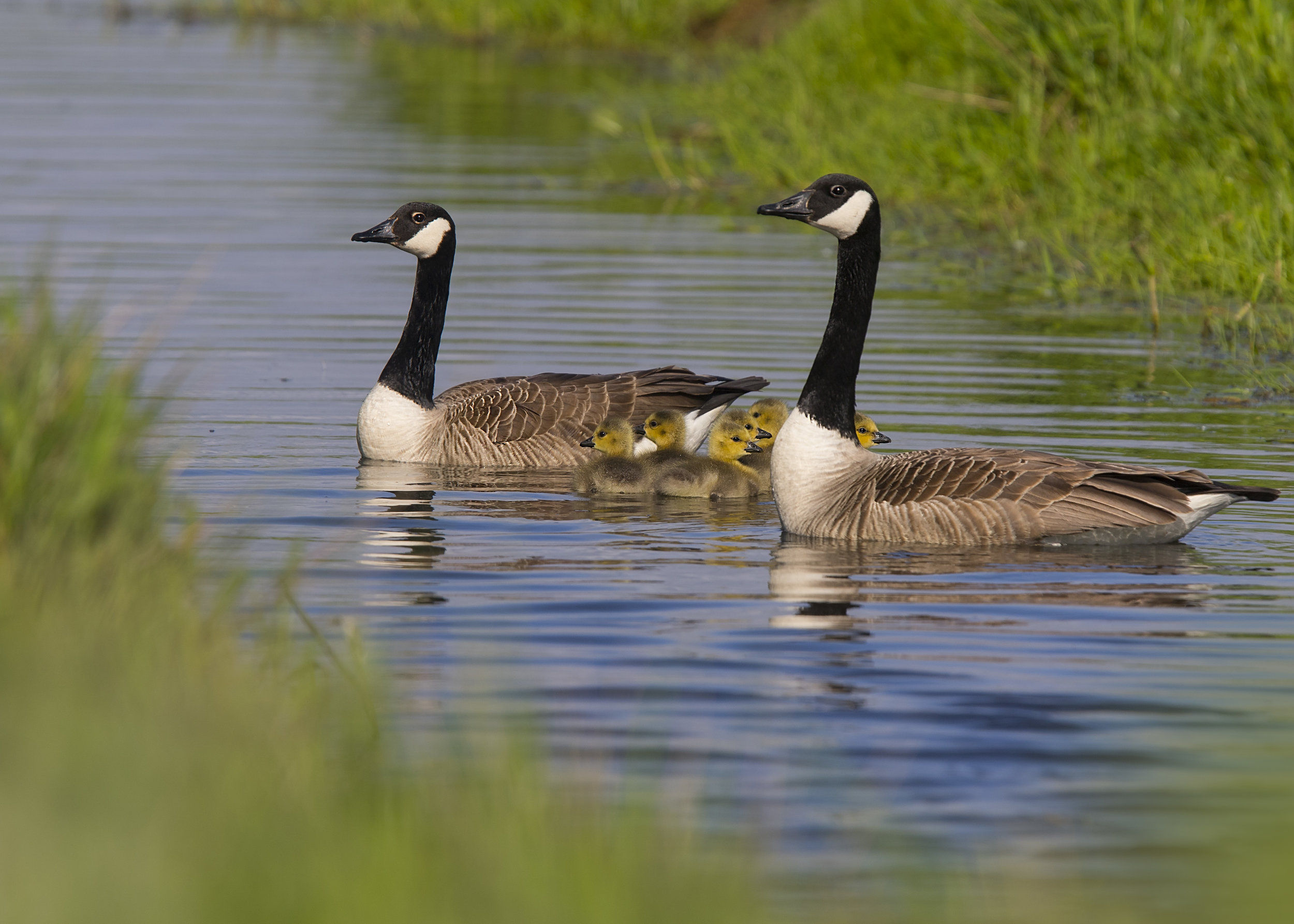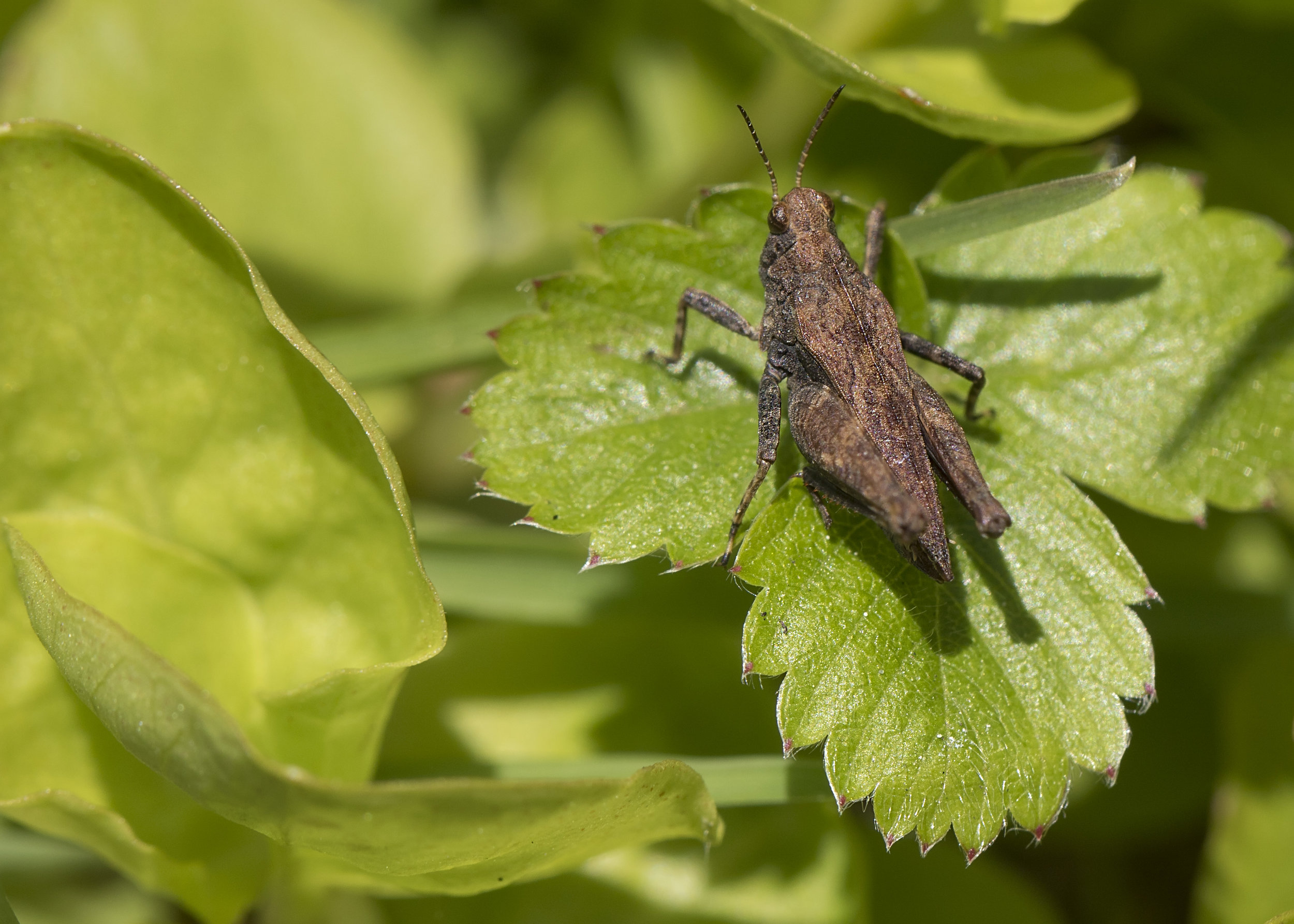The human 'race', ever seeking to exploit our natural resources and poor old Pontypool is no exception. We've fought for a lot over the years and the battle continues for the last bit of green space we have. A hidden gem of a location called 'The Canyon' has had profit seekers eyes twinkling for years to dig up and sell the remaining secondary aggregate, left over many years ago by former opencast. The industry left a huge scar on the land, thought to never heal again, but after many years, it finally started to heal up, but here they are again, banging at the door to destroy a beautiful nature haven. This site is unique. It's Torfaen's one and only, and to get something remotely similar, you'd have to travel abroad. It's not just some tourist attraction though! It's much much more! It's a place of solitude in a world filled with noise pollution. The Canyon, even on a windy day hits lows of just 28db's which is quiet by anyone's standards. It's the only place in Gwent, just 30 yards from the main road where you could experience near silence!. Many of you reading this wouldn't have experience silence in a very long time but it's a proven fact that these quiet conditions have massive mental health benefits.
It's also a location where over 12 species of Dragonfly can be found in Summer, including Keeled Skimmer and Black Darter. It's home to many specialist invertebrates like Grayling Butterflies, Green Tiger Beetles and a great place for aquatic invertebrates, amphibians, and reptiles alike. The surrounding woodland is also home to an array of bird species.
All this, however, is threatened by a 20+ year project that aims to literally flatten the site. Bringing up to 90 lorries a day across Hafodyrynys Road, of which leads to the second most polluted road in Britain! All the while, only opening up 12 Jobs... 12!!! Something doesn't add up here. Not only that, but the proposed access route to the Canyon is right thru the middle of an ancient woodland! Torfaen council did a great Job by turning down the application on the basis of the damage done to the ancient woodland as without that, Peakmans LTD would have probably already been working on the site. Peakmans did, however, challenge the objection, so while the council fight that corner, the rest is left in the hands of the public. I spoke with quite a few of the local supporters last week at one of the public meetings, and it was great to see so much enthusiasm shared to save The Canyon. Over 150 people turned up. While my part in this is limited, I hope to do all I can in supporting local enthusiasts that are leading this fight and just want to say, if you're one of them, you're doing a fantastic Job so far. Keep it up!
Here are a few photographs taken in just a couple hours this week at the canyon. Seeing Keeled Skimmer is an annual highlight of mine here, what a beautiful Dragonfly. This week was my first time finding Common Lizard in the Canyon too, suspected to have been there for a while but I never actually managed to find one myself. This is because they have lots of places to hide and they will most certainly hear you coming in such a quiet spot as they rely on their hearing quite a bit.
If you're interested in helping fight this planning application, it's getting late in the game now but if you're on Facebook, head over to This facebook group for more details. Hope is NOT lost.








































































